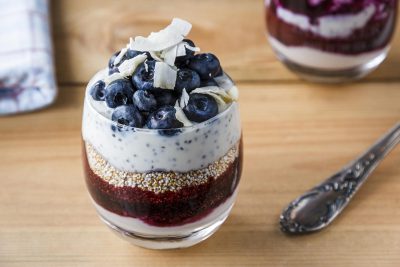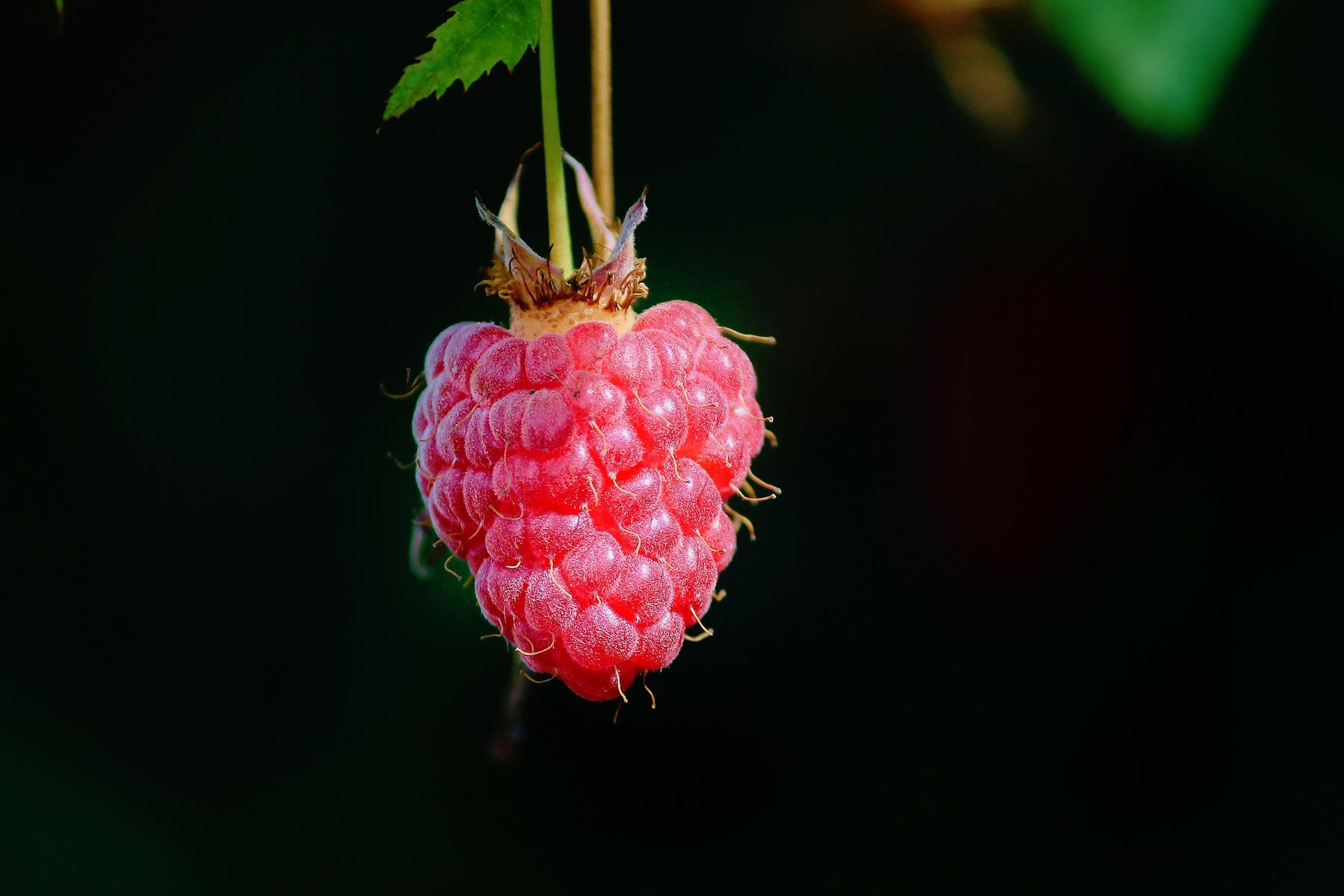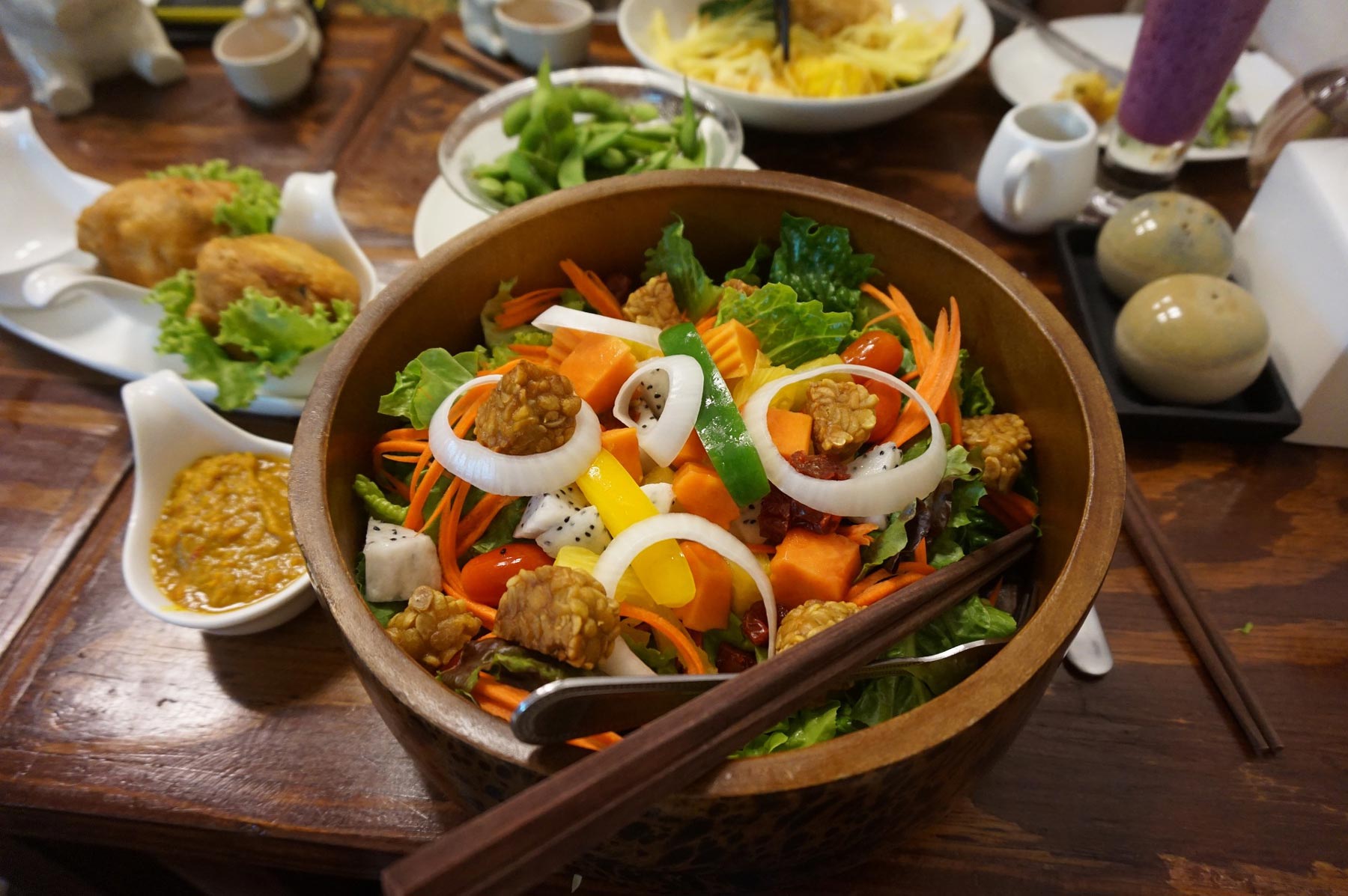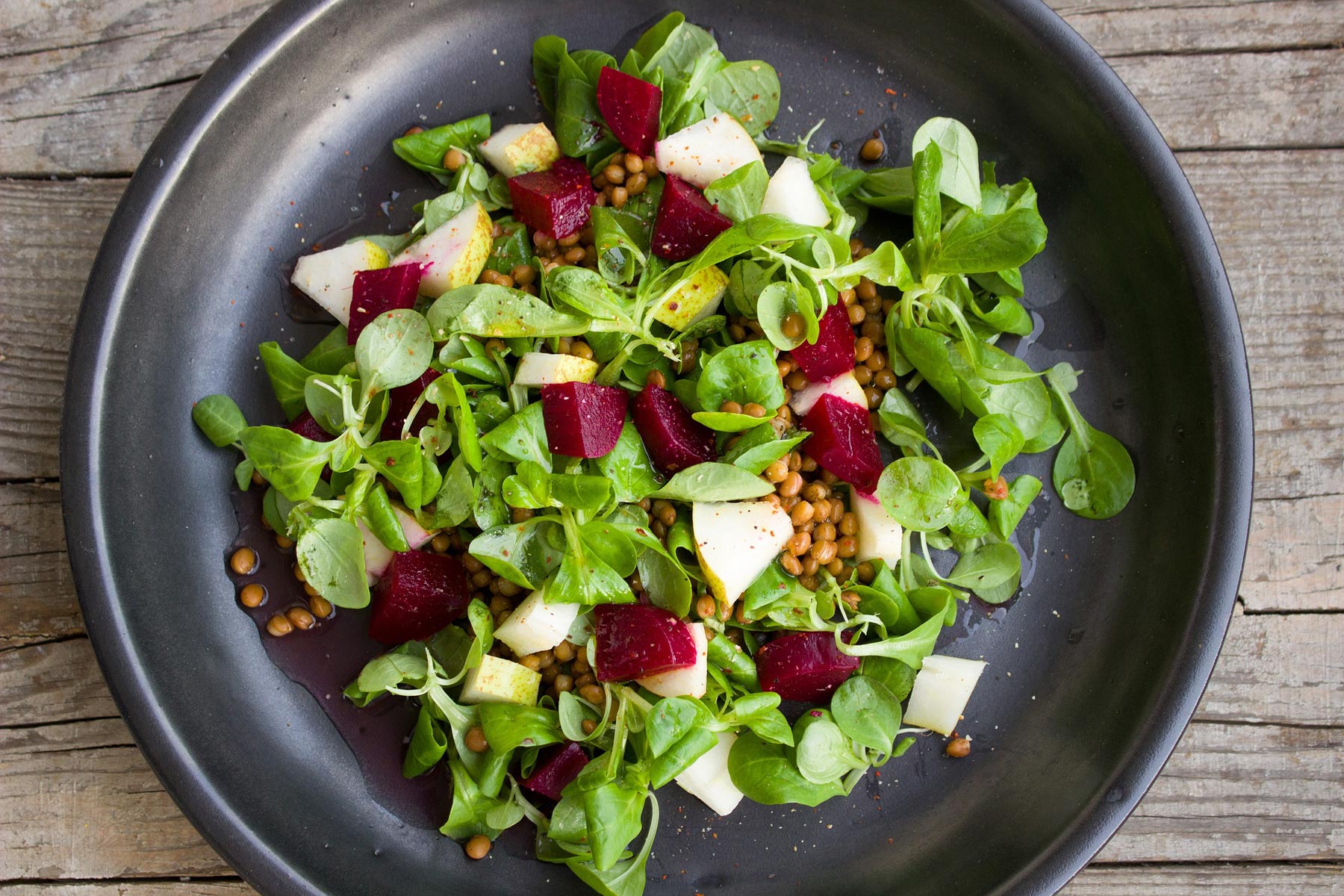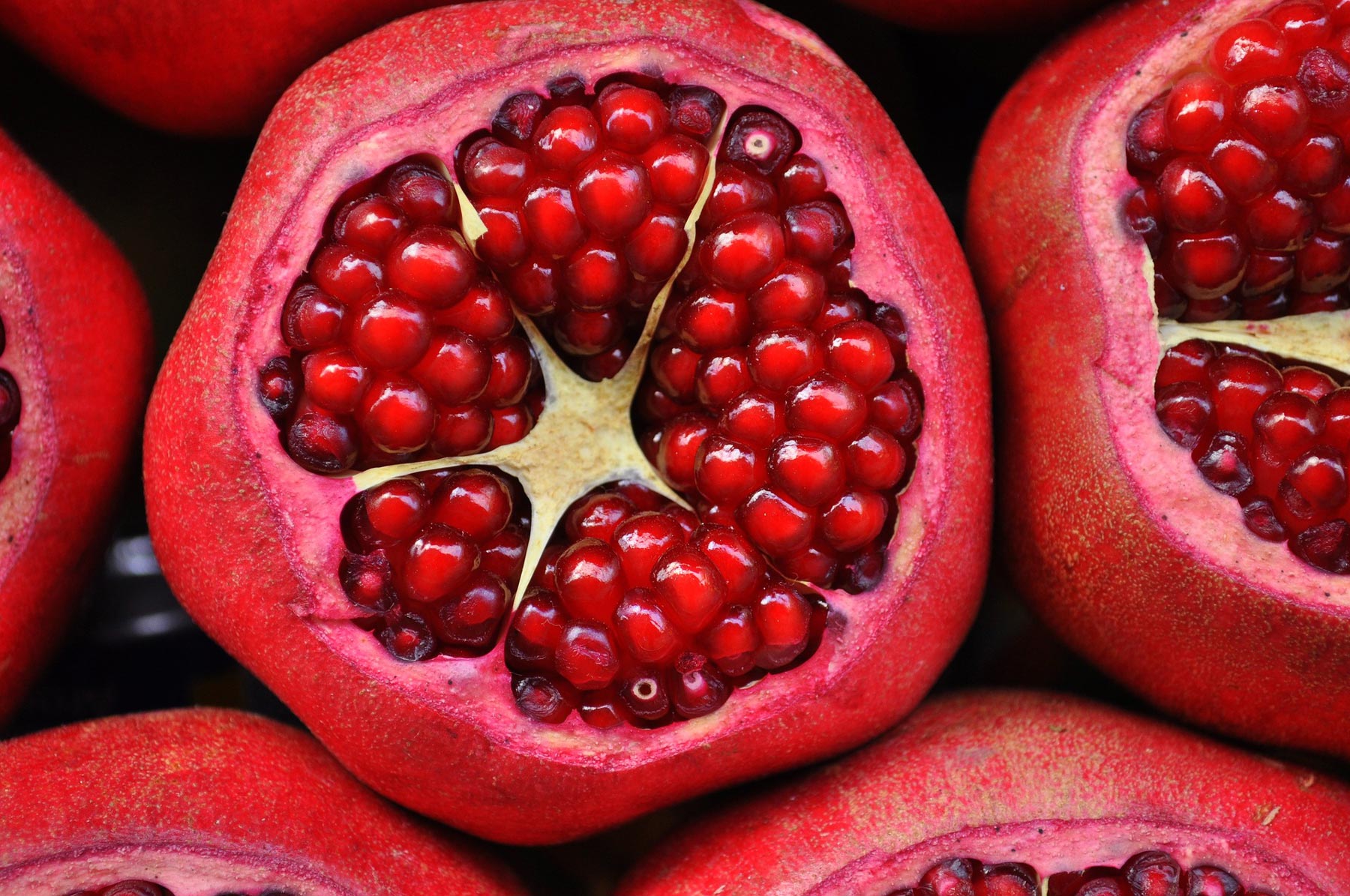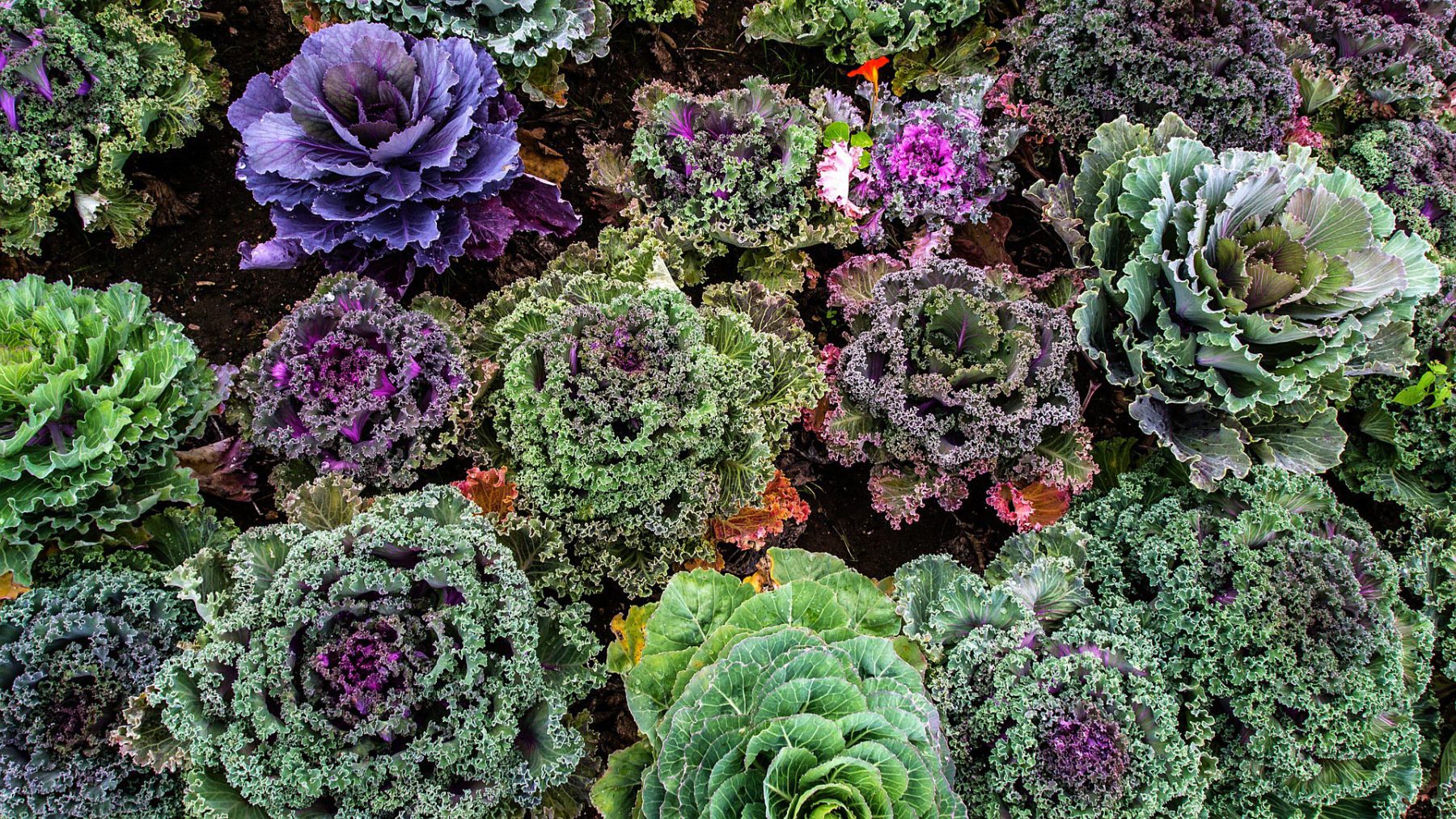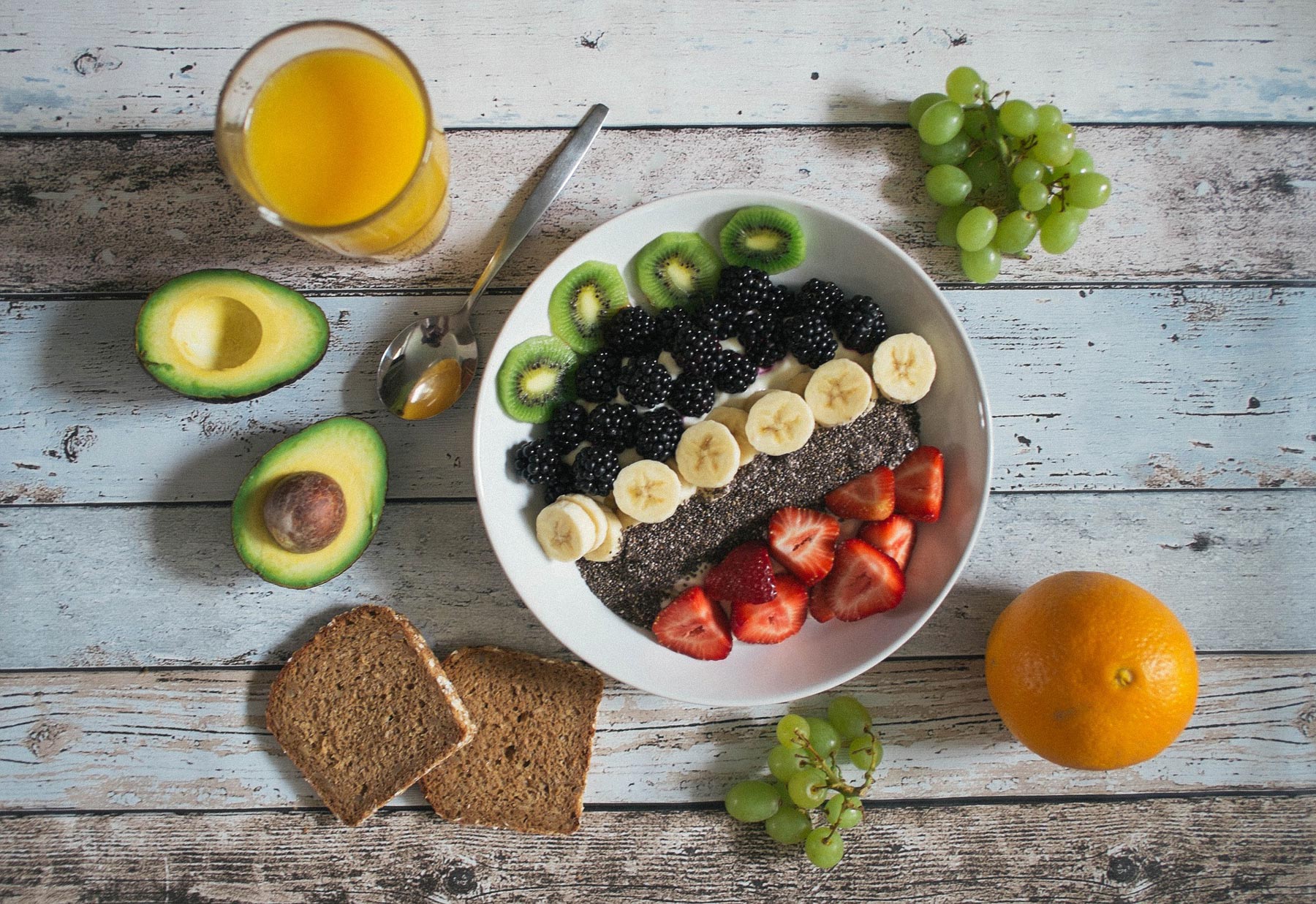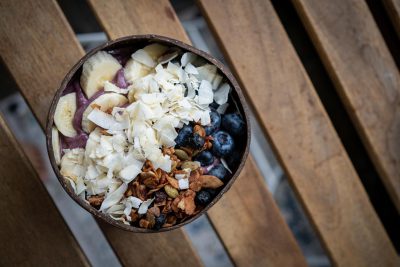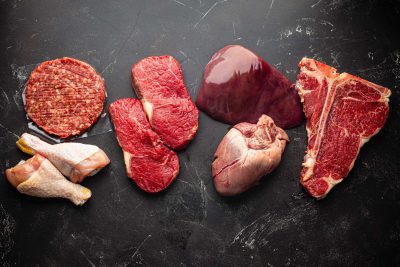Most of us want to eat healthy food every day but it’s not always easy to get it right. We may live in an area where there are few healthy food choices available to us, or we may not have the time, ability or mental bandwidth to create wholesome meals three times a day. The key is to take manageable steps, and enjoy the process. After all, good health is a joy and a privilege, not a punishment!
What Is the Importance of Eating Healthy Food?
There are so many great reasons to make healthy food choices wherever we can. Healthy food can:
- Help us sleep better at night, and feel more alert during the day
- Boost our energy, so we feel more positive, and more alive
- Prevent us developing type 2 diabetes, cardiovascular disease, and some kinds of cancer
- Break the pattern of diseases that “run in families” when it is really the eating habits that are passed down, not the disease
- Help us live longer, more fulfilled lives
- Cost less money
- Help protect our families, and the wider community from food-related disease such as bird flu, and antibiotic-resistant superbugs
- Help protect the planet from climate breakdown, deforestation and pollution, because what is good for us is also good for the Earth!
How To Eat Healthy Food Everyday
This is the tricky part. Most of us have a good idea what we should be doing, but time, energy, financial, and practical constraints can easily derail those well-intentioned plans. We’ll come to our top ten tips shortly but first let’s identify some of the health-boosting foods we should prioritize wherever possible.
Nuts, Pulses, and Grains
These are our whole foods, and the building blocks of our healthy diet. They are natural, satisfying, and tasty, and contain a wealth of protective properties.
- Nuts are fantastic. They are a good source of protein, and also of healthy, unsaturated fats, which have been shown to reduce Alzheimer’s in multiple studies. Our top picks are walnuts (a great source of omega-3) and Brazil nuts (the ideal way to get your selenium).
- Pulses include all beans, peas and lentils. These are a cheap, low-fat form of protein with plenty of fiber, vitamins and minerals. We particularly love black beans and kidney beans as they contain so many health-protecting antioxidants.
- Grains include wheat, corn, rice, quinoa, rye, barley and oats, and all the things made from them. If we choose whole grains instead of their refined counterparts, we’ll get all their natural protein, fiber, B vitamins, antioxidants and trace minerals. Our tip? Start the day with oatmeal!
Fruits, Vegetables, and Berries
There are 300,000 edible plants in the world so perhaps it’s time to climb out of our food ruts and try some of them! They all have different properties which is why health benefits come when we eat a wide variety. We recommend aiming for at least 30 different kinds every week!
- Fruit includes apples, mangos, melons, bananas, grapes and papaya. Naturally sweet and rich in vitamins and antioxidants, we can turn them into smoothies, add them to breakfasts, or make them our snack of choice.
- Vegetables come in so many shapes and sizes, from fresh and vibrant salad leaves to earthy and satisfying root vegetables. All are good for us, but to get the full benefits, we should eat a wide variety, aiming for 10 portions a day. Our top tip is to try and eat as many different colors as possible, as colorful foods are full of antioxidants.
- Berries include strawberries, cranberries, raspberries, blueberries, and blackcurrants. They’re naturally sweet and so can feel like a treat, plus they contain fiber, vitamins and antioxidants that help fight inflammation and disease. Top tip: add them to your breakfast to kick your day off right!
Protein
Almost every vegan food contains some protein so it is very hard to go short of it. Beans, peas, lentils, nuts, and seeds are all great sources, and there are so many more. One of our favorites is seitan, which is made from wheat, has a meaty texture, is low in fat while being incredibly high in protein. Not every food contains all the essential amino acids we need, so eating a varied diet is important. However, these are our top picks because they each contain all nine amino acids, making them “complete proteins”:
- Tofu is made from soy, and comes in a range of flavors and textures. Some are smoked or marinaded. Many are set using calcium, which means you get a big hit of that important nutrient, too. Add it to stir fries or scramble it for a filling, healthy breakfast.
- Buckwheat isn’t actually wheat, which means it is gluten-free, despite its name. This is what soba noodles are made from, but you can also buy buckwheat flour and turn it into tasty vegan pancakes.
- Tempeh is made from fermented soy beans, and has an earthy, mushroomy flavor. It is a great source of protein, and—as it originated in Indonesia—it works well in dishes like gado gado, ginger and sesame stir fry, and satays.
What Are 10 Healthy Eating Habits?
The healthiest eating habits are those that we can stick to, so the first thing is to stop seeing healthy food as something worthy to be endured, and instead see it as a just reward for being so awesome. Treat yourself to healthy foods! You are worth it!
Prioritize Plant-based Foods
Plants give us everything we need to be healthy. They contain fiber, vitamins, minerals, proteins, and they help us avoid chronic diseases like cancer, heart disease and diabetes. They are also incredibly versatile and satisfying (and are healthy for animals and the planet, too!). When we choose plant-based foods, our bodies truly thank us for it.
Choose High-fiber Foods
Whole grains, nuts, fruits, and vegetables taste good while doing us good. Fiber helps lower cholesterol, keeps our blood pressure healthy, and ensures our digestive tract stays in good working order. High-fiber foods also fill us up without a high calorie count, so they are satisfying too.
Cook at Home
The reason fast food meals taste so good is that they are often high in fat, salt and / or sugar. There are many factors behind us seeking out these types of food, including a possible genetic predisposition towards choosing them. But when we cook at home, we know exactly what goes into our meals, and we can make sure it contains all the good stuff, and less of the stuff we know we should limit. And, of course, it’s often cheaper, too.
Don’t Force Yourself To Eat What You Don’t Like
As children, too many of us were forced to eat things that were “good for us”, but associating certain foods with punishment was never going to be good for us in the long term! We all have foods we dislike. That’s OK. Pick something else. But be open to trying that food every now and then when cooked or made differently. Sometimes the thing we most hated becomes a firm favorite when it’s prepared right.
Eat Whole Foods
So many of the important health-boosting nutrients of foods are lost when they are refined. If we choose brown pasta and rice, and whole grain bread, for example, we get all that natural goodness. Most studies show a link between eating whole grains and better health. They also have more flavor, and fill you up better, making them more enjoyable and more satisfying.
Eat Slowly
Not only does this help us digest food better, it means we tend to eat the right amount, because our bodies can tell us when they have had enough. Eat too fast, and you go from hungry to uncomfortably full before you have had time to register the change. When we eat slowly, we have a chance to appreciate the food, too.
Eat Your Greens
Leafy green vegetables are superheroes. They contain iron, calcium, vitamins, and fiber, and are tasty enough to take center stage when prepared right. Whether you blend them into soups or smoothies, build your meal around them, or add a mixed green salad to your side plate, we recommend eating some every day.
Stay Hydrated
When we don’t drink sufficient water, every one of our body processes is affected. Early signs can be that we have a dry mouth or eyes, our pee is very dark, or we feel lightheaded or dizzy. Later signs are much worse, so drink two liters of water (including tea or coffee) a day to keep everything functioning optimally.
Eat the Rainbow
We need to eat a wide variety of fruits and vegetables to get the full health benefits from our meals. Research involving two million people found a lower risk of cancer was associated with green, yellow and cruciferous vegetables, but a lower risk of heart disease and stroke was linked to fruits, salads and leafy green vegetables. So eat them all. It’s the diversity that matters.
Don’t Shop Hungry!
We’ve all done it. We wait until we are super hungry before we go to the store, and at that moment all we can think about is getting something into our bellies as fast as possible. It’s the easiest way to make unhealthy choices. If there is no avoiding it, drink a big glass of water before you go, and make a list. The water will stop the FEED ME NOW! messages from your stomach to your brain, while the list should help keep you on track.
7-day Healthy Eating Plan
These are some tasty, simple meal ideas that may inspire your own breakfast, lunch, and dinner options.
- Day 1: banana pancakes; tomato and lentil soup; pumpkin curry with brown rice and a leafy salad
- Day 2: overnight oats with walnuts and berries; ramen with tofu; black bean chili with guacamole
- Day 3: avocado on whole grain toast; three bean salad wrap; sesame stir fry with edamame and tofu
- Day 4: egg-free waffles with berries; salad bowl with avocado and seeds; gallo pinto
- Day 5: fruit bowl with chopped nuts; chickpea burger; stuffed bell pepper with lemon-dressed broccoli
- Day 6: baked oatmeal with cranberries; bean burrito; Italian lentil stew with kale chips
- Day 7: granola with coconut yogurt; hummus and sundried tomato baguette; nut roast with collard greens and bok choy
Conclusion
There are many things we can do to ensure our diets serve us well, and keep us optimally healthy. We just need to pick the ones that are manageable and sustainable, and not aim for perfection. This is not a diet or a strict health regimen. These are choices we make freely out of respect for ourselves, and if we break from it at times, we should be kind to ourselves. It’s not a big deal. After all, there will be another meal in a few hours, and that gives us another opportunity to honor ourselves with healthy choices.
